Are You Struggling With Skin Diseases? – Part 1: Introduction To The World Of Skin Diseases
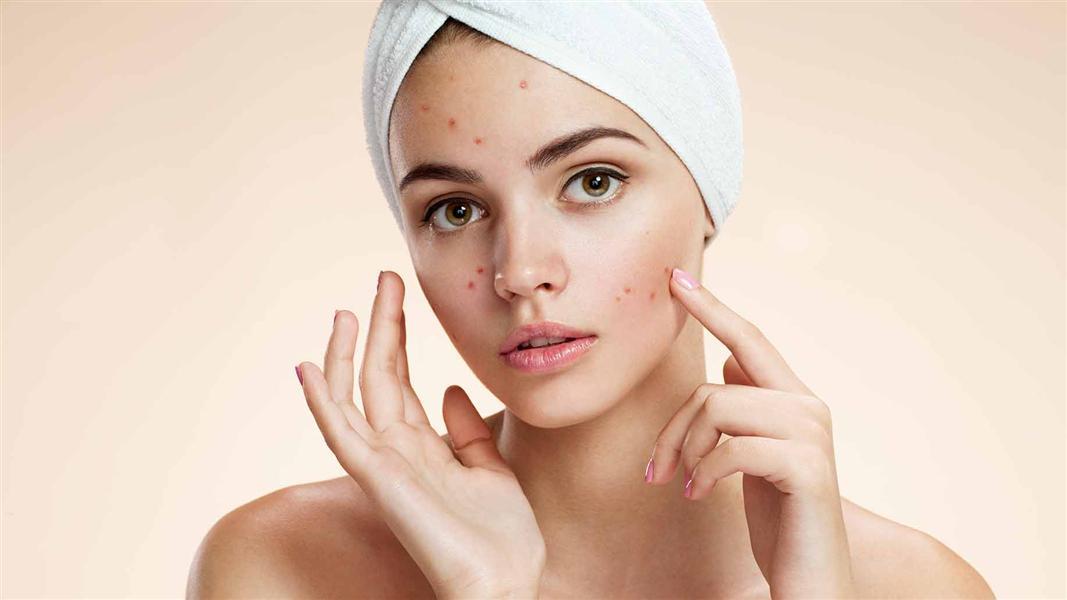
In order to be able to act properly in the case of a skin lesion, it is good to get to know our skin. How is it made up, how does it work, what is its function? This knowledge can go a long way in helping us assess what solution to choose for a particular skin problem.
A complete understanding of the biology of the skin is not a simple task, but it is neither the purpose of this article to lead to a full understanding. We want to impart basic knowledge about the skin and skin diseases.
Our skin is our largest organ, accounting for about 16% of our body weight and spreading approx. 1.7 square meters. Its thickness varies, as it is barely 0.1 mm on the eyelids and up to 1,5 mm on the soles of the feet.
The skin is the first line of defence of our body,
literally it separates us from the outside world. It helps connect with the world and helps adapt to changing circumstances, as well as being responsible for secondary detoxification.
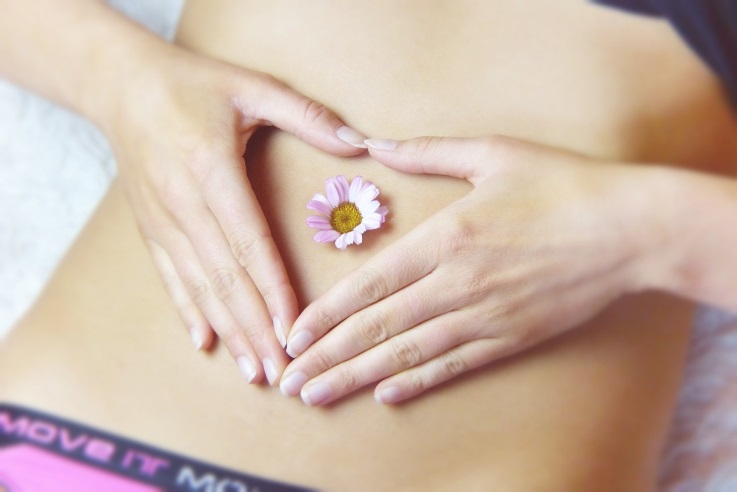
Our skin performs a number of tasks, which can be divided into three basic groups:
1. Protection: our skin basically acts as a protective barrier from mechanical, thermal and other physical injury, harmful agents, excessive loss of moisture and protein and the harmful effects of UV radiation.
2. Thermoregulation: one of the important functions of the skin is to protect the body from cold and heat and maintain a constant core temperature which is achieved by dilating (in hot weather) or contracting (in cold weather) blood vessels running in the skin. But the skin itself helps in this process with hair on it supports the warming and the secretion and evaporation of sweat from the surface of the skin helps to cool the body. Also the storage function of the skin is part of the regulation system, as the fat and water stored in the skin provide the necessary energy and a pleasant feeling of warmth.
3. Sensation: Skin is the ‘sense-of-touch’ organ with many small nerve endings that triggers a response if we touch or feel something, able to sense even the smallest change in the outside world.
However, to be able to perform these tasks properly, it is very important to take care of our skin, and not just in visible places.
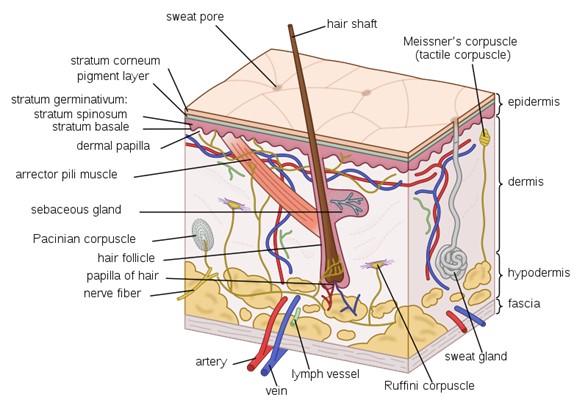
The above tasks are performed by our skin with the help of three larger layers.
1. Hypodermis or fat layer: is a layer directly below the dermis and serves to connect the skin to the underlying of the bones and muscles. It helps to insulate the body from heat and cold, provides protective padding, and serves as an energy storage area.
2. Dermis : the middle, thickest layer of skin (it can be 2-3 mm). This layer is a fibrous and elastic tissue (made mostly of important molecules such as collagen, elastin and hyaluronic acid) that gives the skin its flexibility and strength. These macromolecules are constantly being produced and degrade, but as we age, their reproduction slows down, so more will be degraded than regenerated. As a result, our skin loses its elasticity and begins to age.
3. Epidermis: the outer layer of the skin which is the most important layer for skin care. The epidermis is made up of four sublayers that contain keratin-producing skin cells. Through their operation, natural skin renewal processes take place, new keratinocytes slowly migrate up toward the surface of the epidermis. At the end keratinocytes reach the skin surface, they are gradually shed and are replaced by newer cells pushed up from below.
In addition to the above layers, there is a so-called acid mantle, which means that the outer layer of our skin is slightly acidic. This is important because the organisms and enzymes necessary for the healthy functioning of the skin, which provide the first line of the skin’s defense system, feel comfortable in this environment. The acid mantle’s main job is to keep the good stuff (like moisture) in, and the bad stuff (like bacteria and pollution) out.
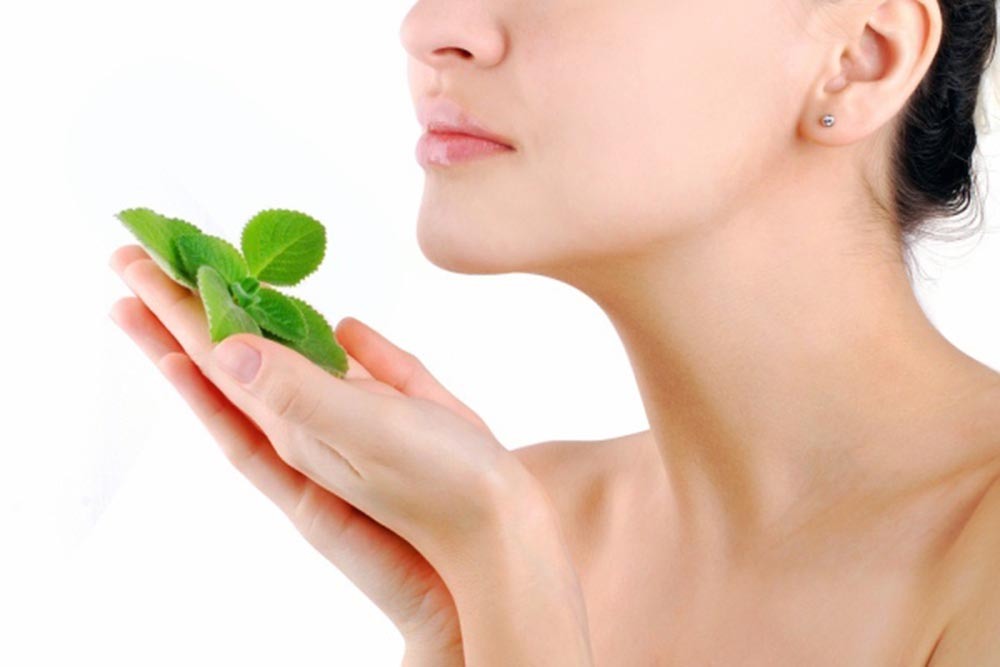
Skin diseases, like all other diseases, can basically have the following causes:
1. Physical: external mechanical or thermal effects. These include cut, punctured, torn, abraded wounds, traces of blows, or burns and frostbite. Although these are not diseases in the classical sense, they are often much more unpleasant than a skin disease.
2. Chemical: epithelial injuries resulting from contact with various chemical substances, which are also not classical diseases, but can be very similar in symptoms to those of a skin disease. Unfortunately, we now also have to list the effects of polluted air and water, as well as electro smog.
3. Lifestyle: stress, negative emotions, anxiety, eating poor quality (toxic) food, lack of exercise. Because of these, our internal biochemistry changes, and with it our digestion as well. Thus, both internal toxin production and the amount of toxin increase. Therefore, detoxification and selection organs are unable to perform their duties fully. Secondary detoxification organs, such as the lungs or skin are called for help and skin diseases may appear.
4. Mental: Improper thinking also changes the biochemistry of our body, causing the same result as before.
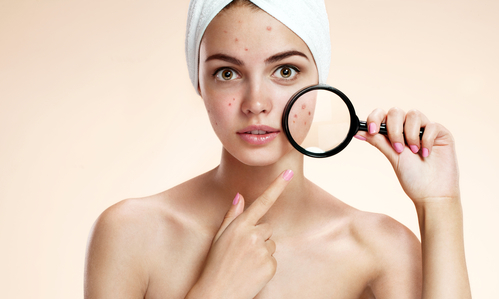
The solution for skin diseases, as with all diseases, is complex. A conscious change in lifestyle and diet can bring a relatively rapid improvement, but if we do not find out the spiritual causes and change our way of thinking, the symptoms of skin disease can reappear fairly quickly.
Because skin health, like the health of our any other organs, is decided at the cellular level.
That is, by properly nourishing the cells of the skin and helping to detoxify those cells and supporting blood and lymph circulation around the cells, then we significantly minimize the chances of developing skin diseases.
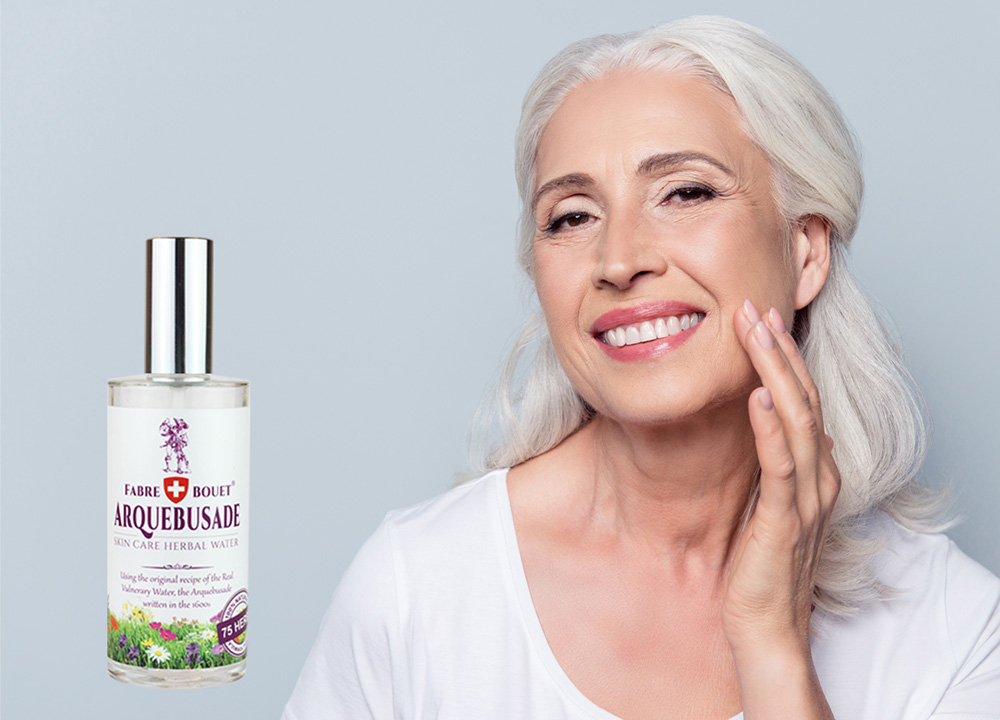
However, as long as you are struggling with skin problems and are unable to make these changes suggested above in your life, it is worth to use the Arquebusade Herbal Elixir.
This is because in skin diseases and with significant part of other skin problems, the inflammation, pain and insufficient regeneration cause the greatest difficulty in the healing of the skin.
And this is where this Swiss herbal elixir could provide extra help to the skin.
Based on a more than 500 years old recipe, this herbal extract contains herbs that greatly support rapid pain relief, inflammation reduction and cell regeneration, taking a significant strain off our immune system.
When a skin lesion appears, it is advisable to spray the problematic skin surface with the elixir several times, up to 4 or 5 times a day, so from the very beginning, when the body needs help the most, we can give support it.
Part 2 is coming soon……
